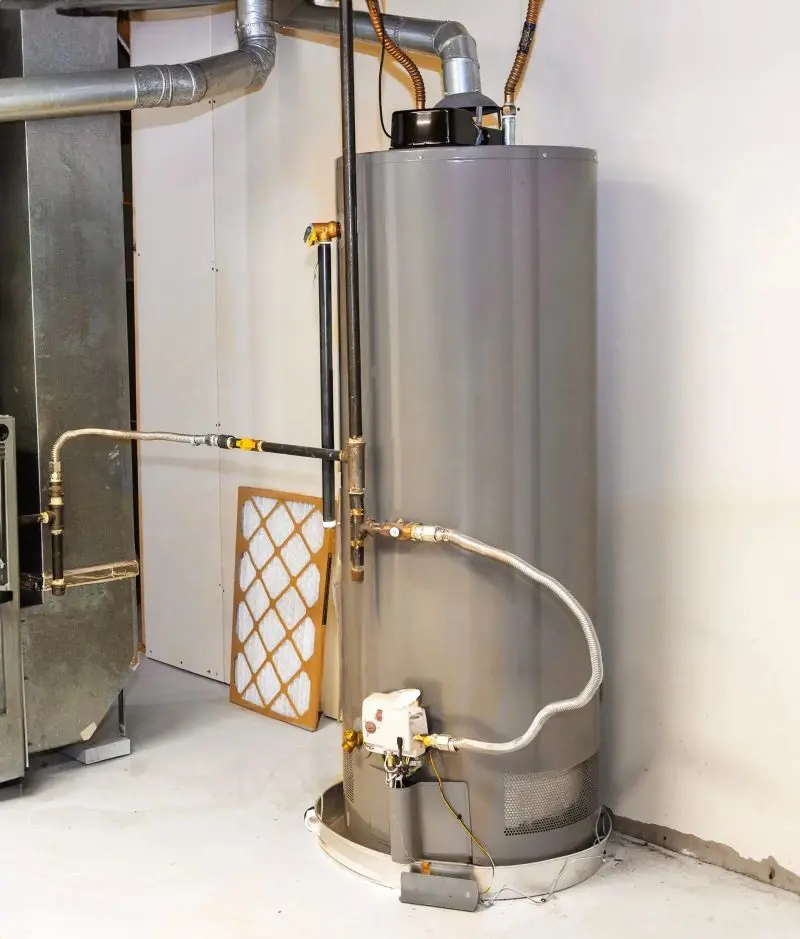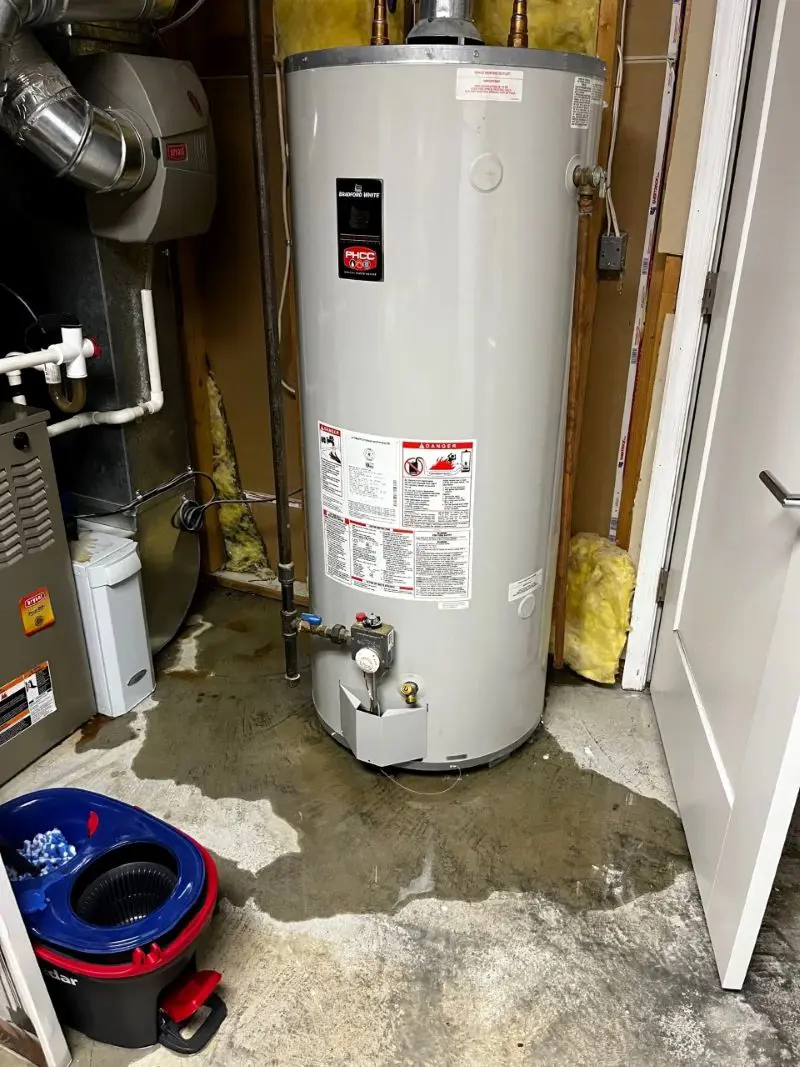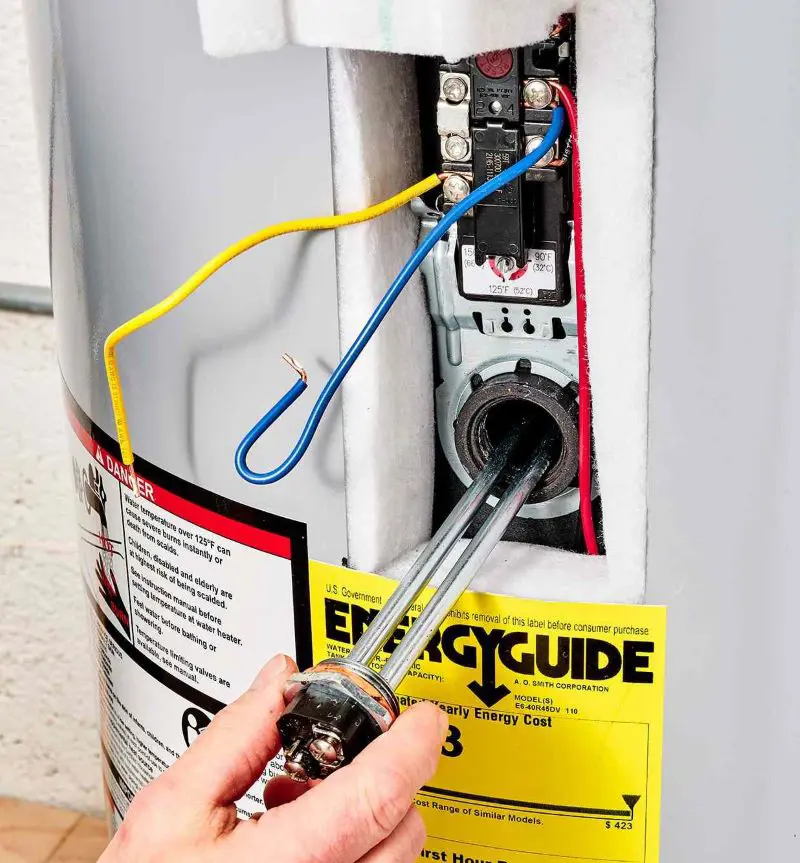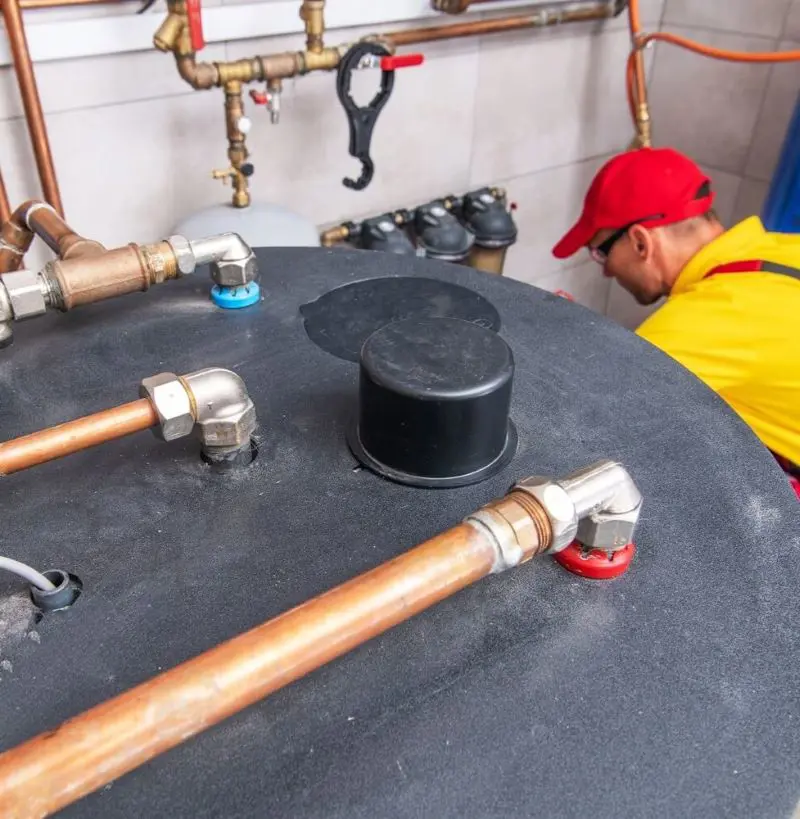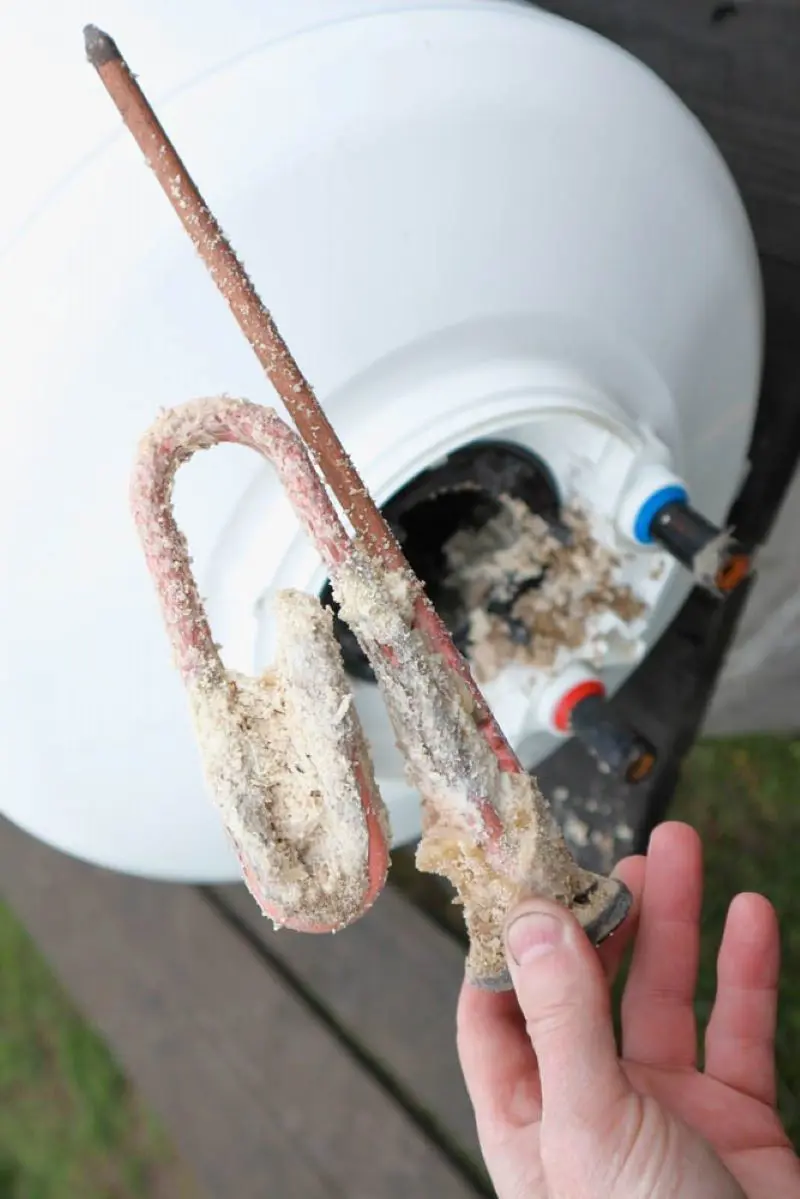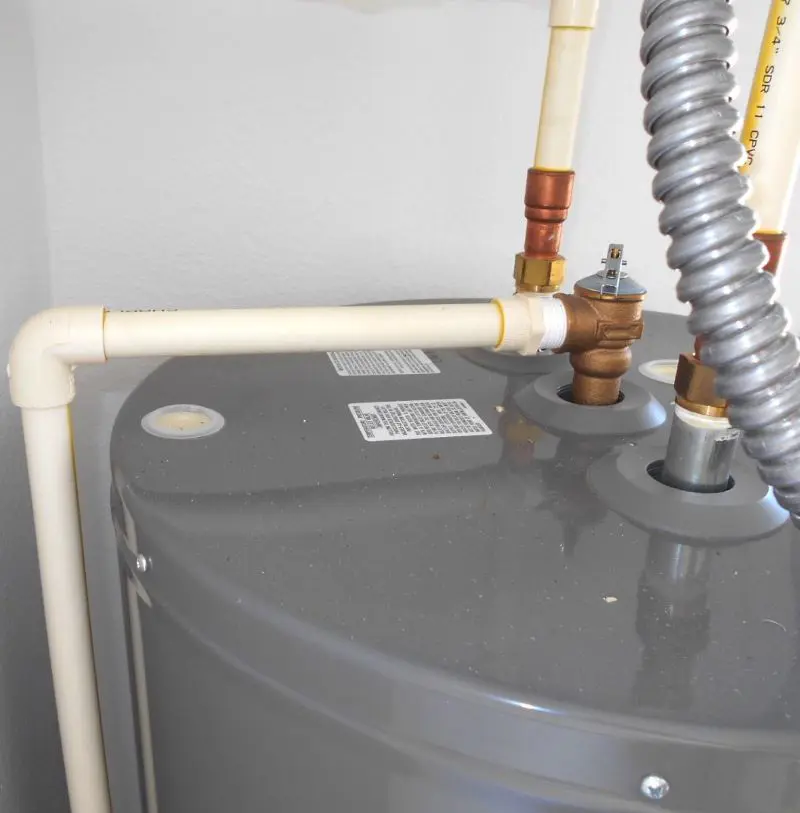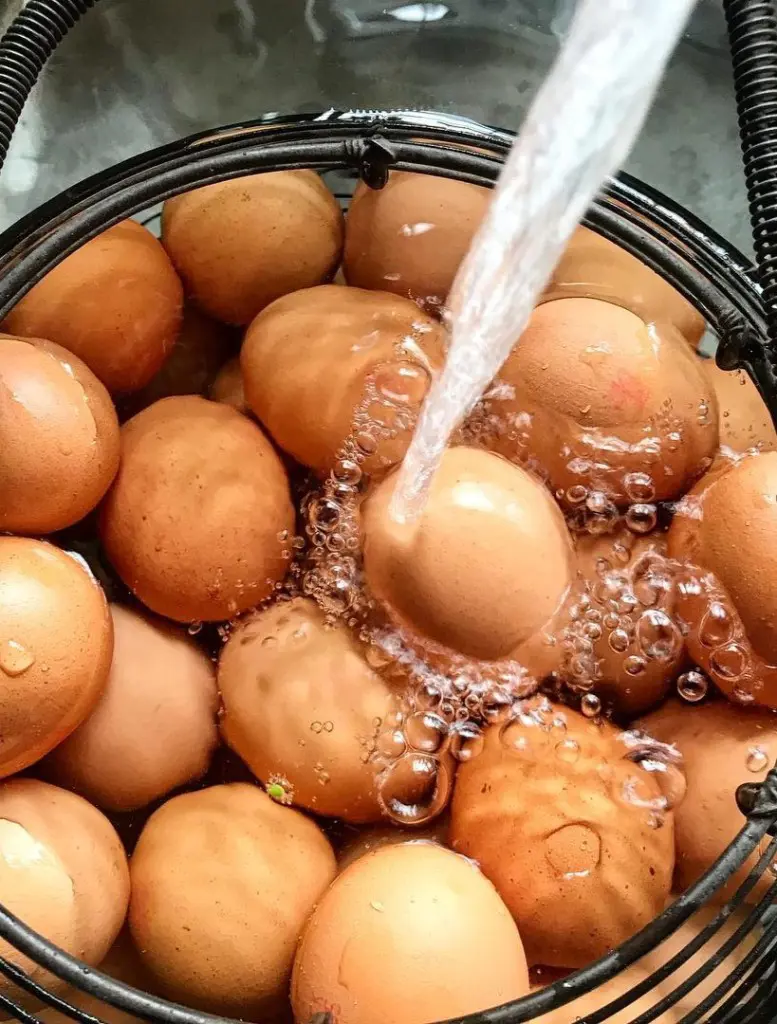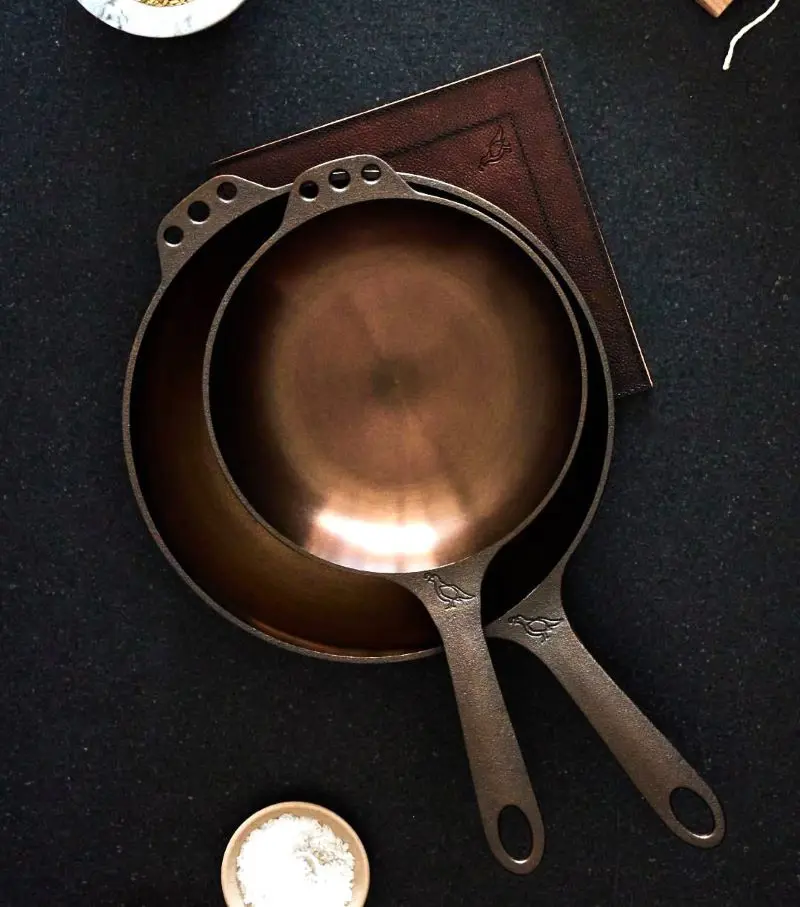10 Possible Reasons Why Your Water Heater Is Not Working
There could be either a single or multiple reasons for not working your water heater properly. When you notice the water is not hot enough or too hot, here are 10 possible things your water heater must be going through.
Once you have acknowledged the problem in your water heater, it is the right time to look for ways to fix it. Here, keep in mind that some problems may require the help of an expert, whereas others can be resolved by you.
